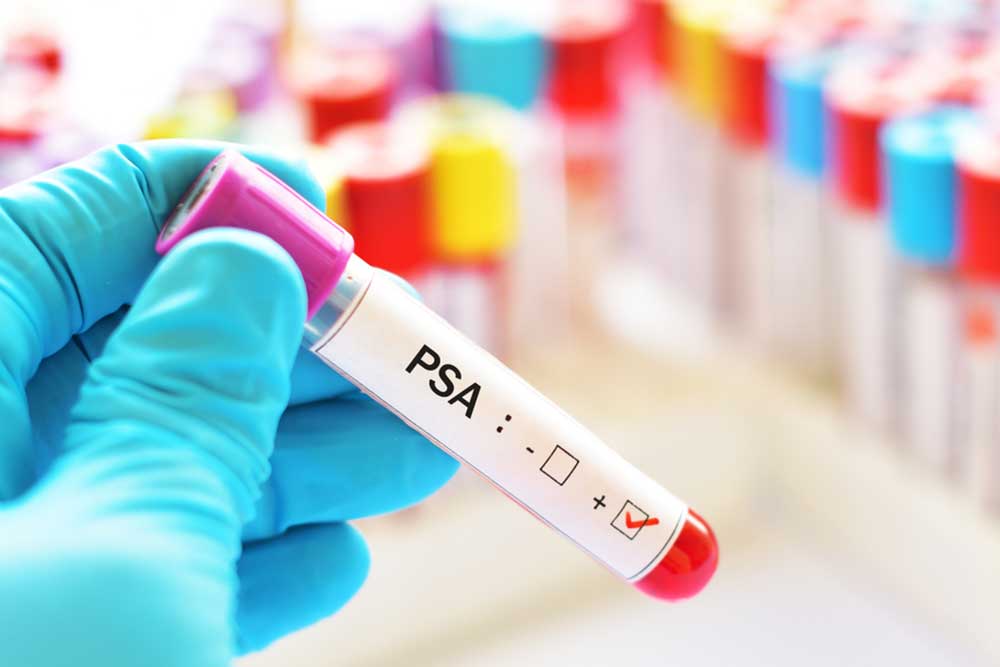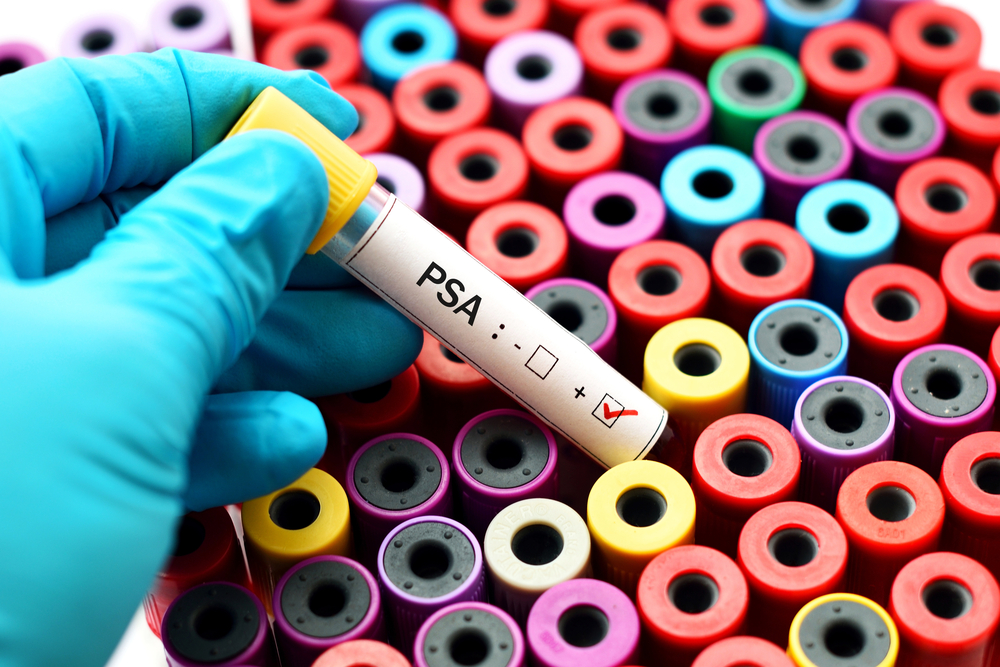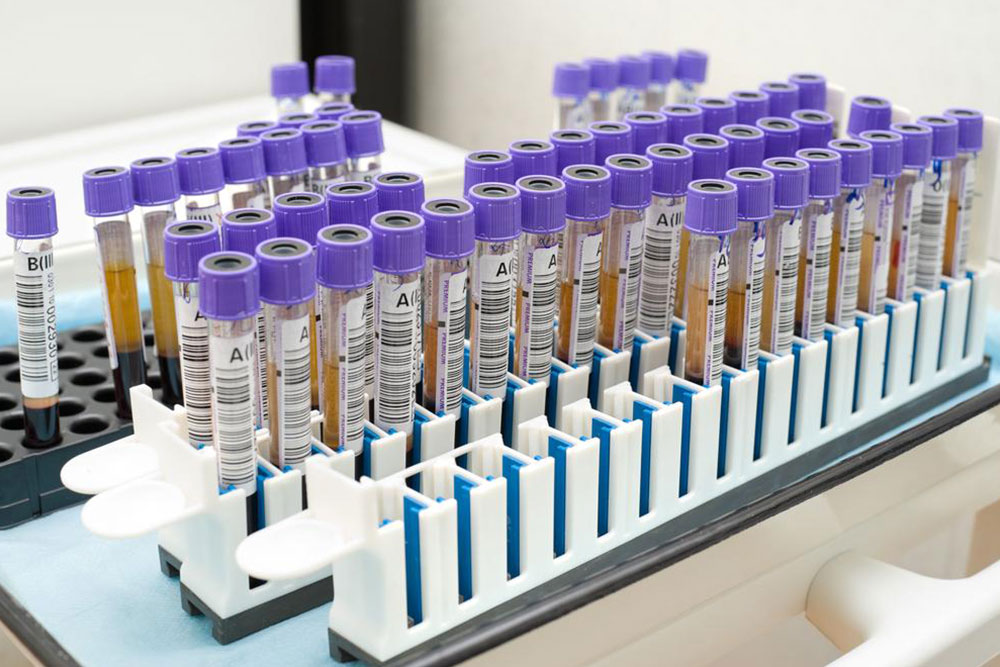Understanding Normal PSA Levels Based on Age Factors
Learn about normal PSA levels based on age, the significance of PSA testing, and how age influences PSA ranges. This guide helps men understand prostate health and when to seek medical advice, emphasizing the importance of age-specific PSA benchmarks for accurate assessment.

Prostate-specific antigen (PSA) is a protein produced by both healthy and cancerous cells of the prostate gland. Elevated PSA levels can indicate a higher risk of prostate conditions, including cancer, prostatitis, or benign prostatic hyperplasia.
Typically, men with PSA levels below 4 ng/mL are considered at low risk for prostate cancer. Usually, those diagnosed with prostate cancer have PSA values above this threshold, but it’s not definitive—cancer can develop at any level.
Interpreting PSA Levels
Most specialists regard PSA values under 4 ng/mL as normal; however, recent studies suggest lowering this cutoff to 2.5 or 3 ng/mL—especially for younger individuals due to smaller prostate sizes. For accurate assessment, a PSA blood test is performed to see if your levels fall within this standard range.
What is a PSA Test?
A PSA test measures the amount of prostate-specific antigen in the blood. It helps detect prostate cancer and monitor treatment progress. PSA is mainly produced in the male prostate and is present in semen, aiding liquefaction post-ejaculation. A small amount enters the bloodstream, making it measurable through blood tests.
Age-Related PSA Levels
The normal PSA range tends to increase with age, with higher levels potentially indicating increased risk of prostate issues. The typical age-specific reference ranges include:
40-49 years: 0-2.0 ng/mL (Asian Americans), 0-2.0 ng/mL (African Americans)
50-59 years: 0-3.0 ng/mL (Asian Americans), 0-4.0 ng/mL (African Americans)
60-69 years: 0-4.0 ng/mL (Asian Americans), 0-4.5 ng/mL (African Americans)
70-79 years: 0-5.0 ng/mL (Asian Americans), 0-5.5 ng/mL (African Americans)
While higher PSA levels can signal a greater risk, they do not definitively diagnose cancer. Instead, they serve as indicators for further testing and evaluation.
Disclaimer: Our blog offers informational content across various topics. Readers should use this data for education but not as a substitute for professional medical advice. The site cannot be held accountable for discrepancies or inaccuracies in other sources. Always consult healthcare professionals for diagnosis and treatment decisions.










